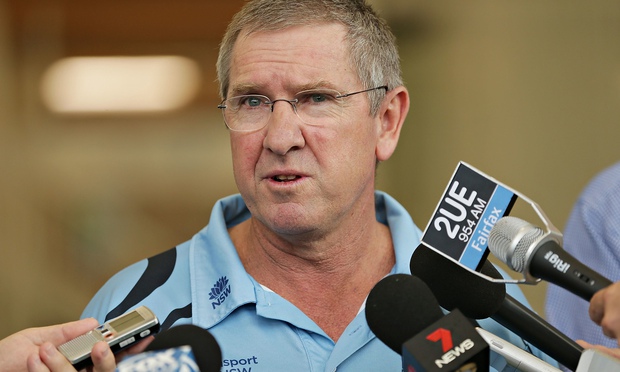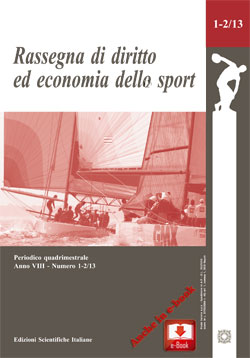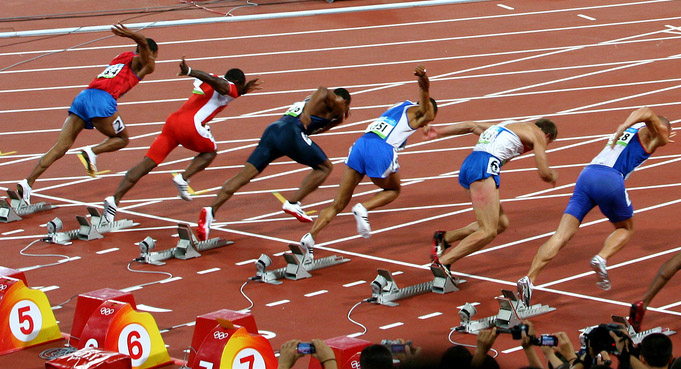[Cross-posted at: Wages of Wins Journal, 7 August 2014]
This earlier Wages of Wins piece by Shane Sanders (July 29, 2014) generated plenty of discussion. It highlighted the problem of Triathlon deaths in the swim leg. One crucial point to make with many economic policy analogies on which to draw is that sequencing of the legs (or phases) matters – all other considerations aside, the ‘best’ sequence of phases can be optimized according to some objective (in this case, minimizing fatalities).
One such possible economic policy analogy is with respect to unemployment benefits. Imagine a two-phase policy, where in the first six months the recipient is eligible to a relatively unrestricted entitlement of an amount according to some predefined percentage (say 40%) of some benchmark (average weekly earnings or minimum full-time wage). If the recipient is still unemployed after the 6 months have elapsed, a second phase kicks in at which the benefit is now highly restricted thereafter (having to satisfy minimum job search requirements, etc.) and/or reduced in value. Now, many people will disagree as to whether this two-phase policy is too generous or too miserly (or even on the basis of something else entirely). However, one aspect most of us would agree on is that swapping the sequence of these two phases would make absolutely no sense whatsoever.
It got me thinking about other such analogies about sequencing from sport that could be useful in policy circles. Recently, I published an article in the December 2013 issue of Journal of Sports Economics [gated], along with Jan Libich (my colleague at La Trobe) and Petr Stehlίk (University of Western Bohemia, Czech Republic). We took on soccer’s penalty shoot-out problem. In knock-out matches that are tied after 90 minutes, the following 30 minutes of overtime is often beset with overly-defensive play due to insufficient incentive to attack. This means that overtimes often finishes goalless, and that nearly 50% of the time, the match is decided via penalty kicks anyway (put differently: in nearly one of every two ties, overtime fails to achieve the one and only thing it is fundamentally there to do).
We show that an alternative sequence – regulation time followed by a penalty shoot-out followed by overtime – improves attacking outcomes. The qualification is that, while the shootout produces a winner – you still play overtime, with the winner of that winning the contest as currently. It is only when overtime fails to resolve the deadlock that the winner becomes the team that had won the shootout already (think of winning the shootout as worth half-a-goal lead at the start of overtime).
Specifically, we show that the probability of at least one goal being scored in overtime rises by approximately 50% (depending on the underlying characteristics of the match). Exactly how we estimate the effect of a policy that’s never existed is outlined in the paper for those of you who are interested to read further.
Coming back to sequencing, why the simple economic intuition (as well as the data) says this rule change will likely work is the following: there will always be one team chasing the next goal, because they will be eliminated unless they do – they have little else to lose. While the other team may correspondingly become more defensive, we show the net effect to be overwhelmingly positive. Furthermore, what you will no longer get are those overtimes where both teams sit back having jointly overestimated the probability that they will win if it goes to a shootout.
Had Mario Götze spurned that chance just minutes from time in the recent World Cup final, and it had have instead gone to spot kicks, the penalty shootout problem would now be far higher on the soccer agenda. Nonetheless, better public policy (optimal sequencing included) should never be far from the agenda, so I hope to see more studies like this make some impact in the broader public policy debate.








